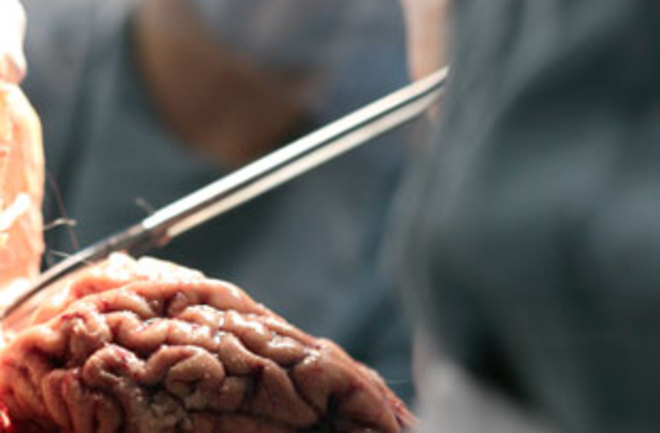See Carl Zimmer's new ebook, Brain Cuttings
, available at

See Carl Zimmer's new ebook, Brain Cuttings
, available at
Sign up for our weekly newsletter and unlock one more article for free.
View our Privacy Policy
Want more?
Keep reading for as low as $1.99!
Already a subscriber?
Find my Subscription
Save up to 40% off the cover price when you subscribe to Discover magazine.